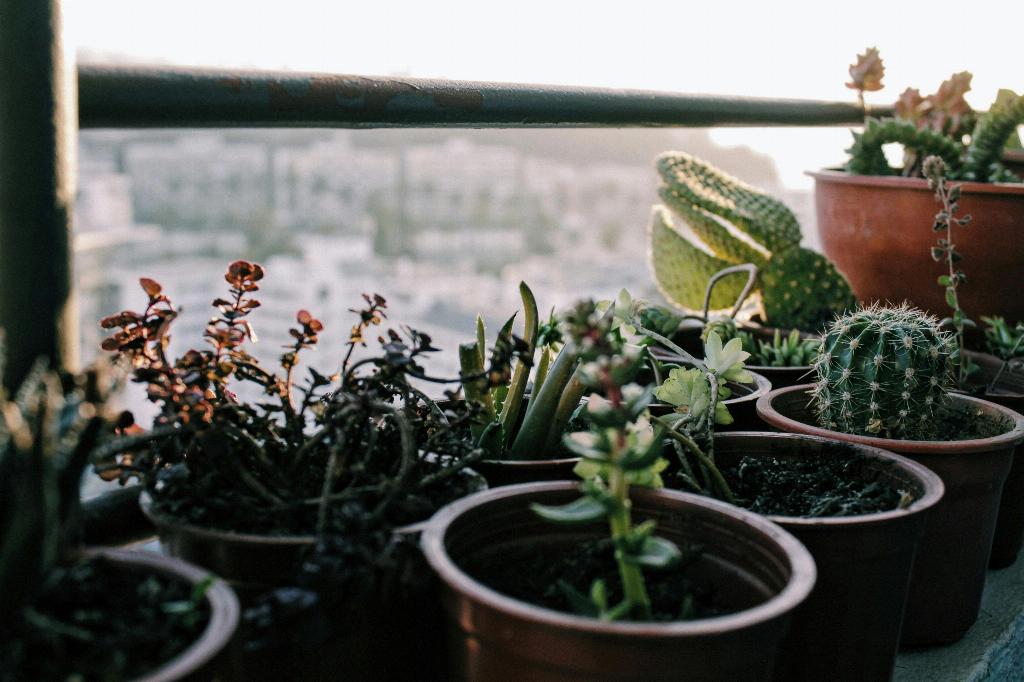When it comes to repotting a cactus, it is essential to approach the task with caution and care to ensure the health and well-being of the plant. Repotting a cactus may seem like a daunting task, especially if you are dealing with spiky varieties, but with the right tools and techniques, it can be done smoothly and without harm to both you and the cactus.
Before starting the repotting process, gather all the necessary supplies, including a new pot that is slightly larger than the current one, fresh cactus soil mix, gloves for protection, and a tool such as tongs or a big, thick scarf or towel for handling larger cacti.
Begin by carefully removing the cactus from its current pot. It is crucial to handle the cactus with care to avoid damaging the spines or roots. If the cactus is firmly rooted, gently tap the sides of the pot to loosen the soil before carefully sliding the cactus out.
Once the cactus is out of the pot, inspect the roots for any signs of damage or rot. Trim away any dead or unhealthy roots with a clean, sharp pair of scissors or pruning shears. Be sure to make clean cuts to promote healthy regrowth.
Next, prepare the new pot by adding a layer of cactus soil mix to the bottom. The soil mix should be well-draining and specifically formulated for cacti and succulents to provide the ideal growing conditions for your plant.
Place the cactus in the center of the new pot and add more soil mix around the sides, ensuring that the plant is stable and upright. Gently press the soil down to secure the cactus in place without compacting it too tightly.
Water the cactus evenly, allowing the excess water to drain out of the bottom of the pot. Be mindful not to overwater the plant, as cacti are susceptible to root rot if their roots sit in waterlogged soil for extended periods.
After repotting, place the cactus in a location with adequate sunlight to promote healthy growth. Allow the plant some time to acclimate to its new pot before resuming its regular watering and care routine.
Remember to monitor the cactus closely in the weeks following repotting to ensure that it adjusts well to its new environment. Keep an eye out for signs of stress or overwatering, and make any necessary adjustments to the care routine as needed.
In conclusion, repotting a cactus is a straightforward process that, when done correctly, can help rejuvenate the plant and promote optimal growth. By following these steps and taking the time to care for your cactus properly, you can enjoy a healthy and thriving plant for years to come.

